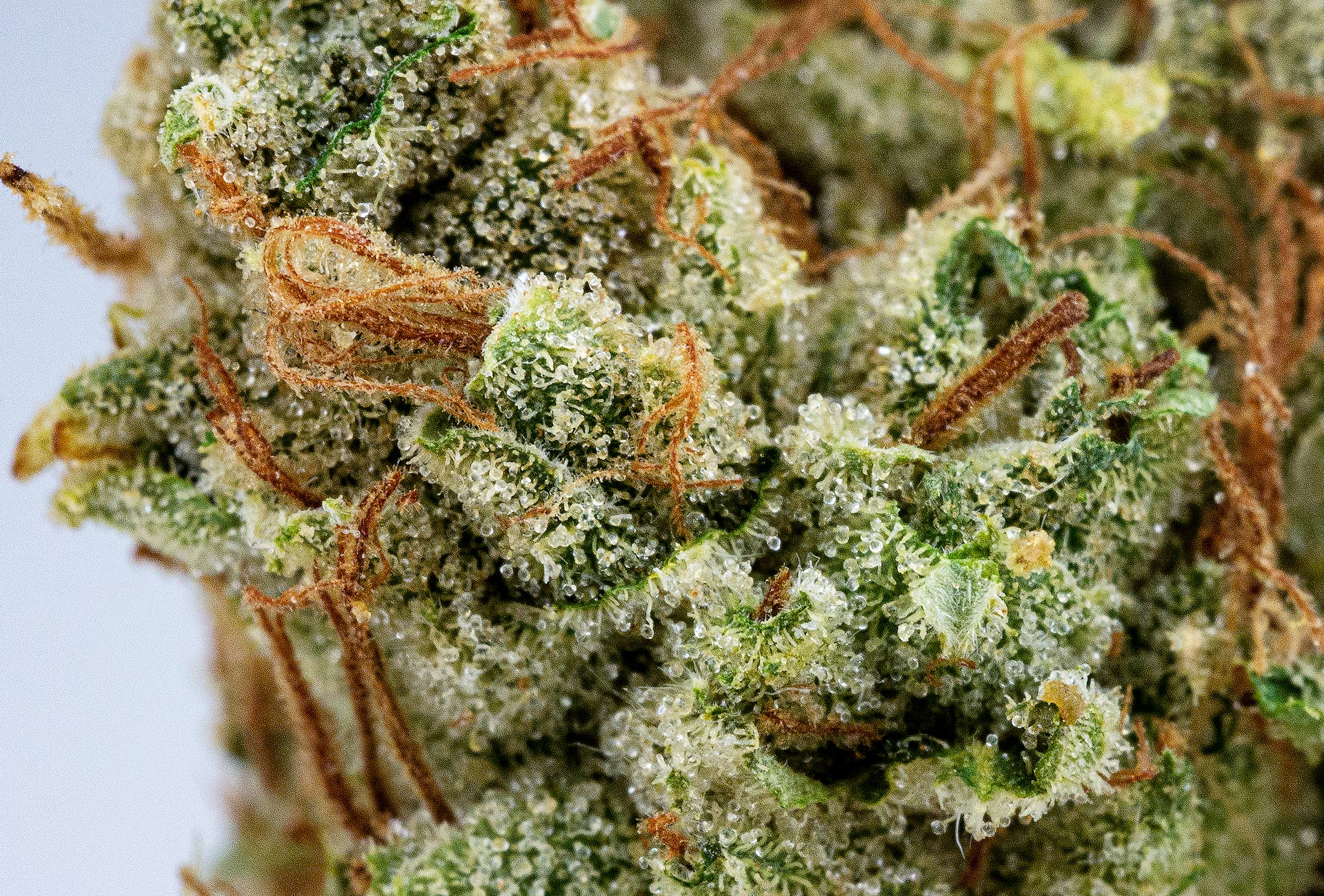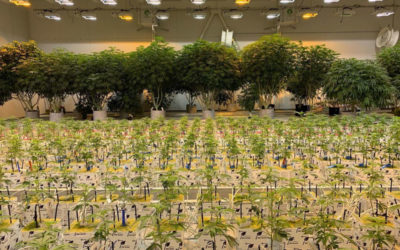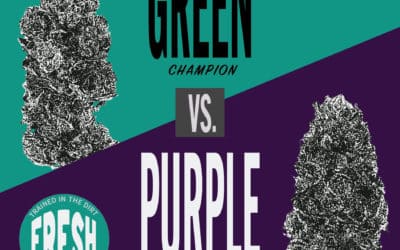If you’re shopping in the current cannabis space, it’s safe to say that you won’t be getting the brick weed of yesteryear. Growing facility improvements, widely-adopted standards, and the ability to move lab-tested products quickly and legally keep moldy weed and brown weed off marijuana dispensaries’ shelves.
But “not dirt weed” isn’t the same thing as high quality cannabis. In any industry, there are good options and bad options. Weed’s no different, as you may already be well-aware.
So, how do you tell good weed from bad weed?
Most cannabis experts would tell you to give it the smell test. (A fresh cut grass scent indicates lower quality.) Unfortunately, this doesn’t work in Washington, where all cannabis products have to be in sealed packaging prior to purchase.
That leaves us with one sense we can use to differentiate good weed from bad: sight. And, thanks to the visual grading system that’s been standard since the medical marijuana days, you can do it as objectively as possible.
So, without further fanfare, here are the five things you should pay attention to if you want to be able to pick out high-quality weed using only your eyes.
Bud structure
Some folks hear “bud structure” and interpret this as bud size. But small buds don’t always indicate low grade weed, and big buds aren’t always top shelf quality.
In reality, what is meant here is the actual structure of the flowers themselves.
High quality, developed flower from a healthy plant has a sturdy, fully three-dimensional structure. The buds should be solid, with no gaps that you can look through. It’s properly cured: not too soft, but not so dry that it grinds down to dust.

Flower with poor structure will appear flimsy and flat. When you hold up a nug, you’ll be able to see straight through to the other side because of how sparse it is.
It might be improperly dried, and it usually has a lot of visible stems. Poor structure is a telltale sign of premature harvesting.
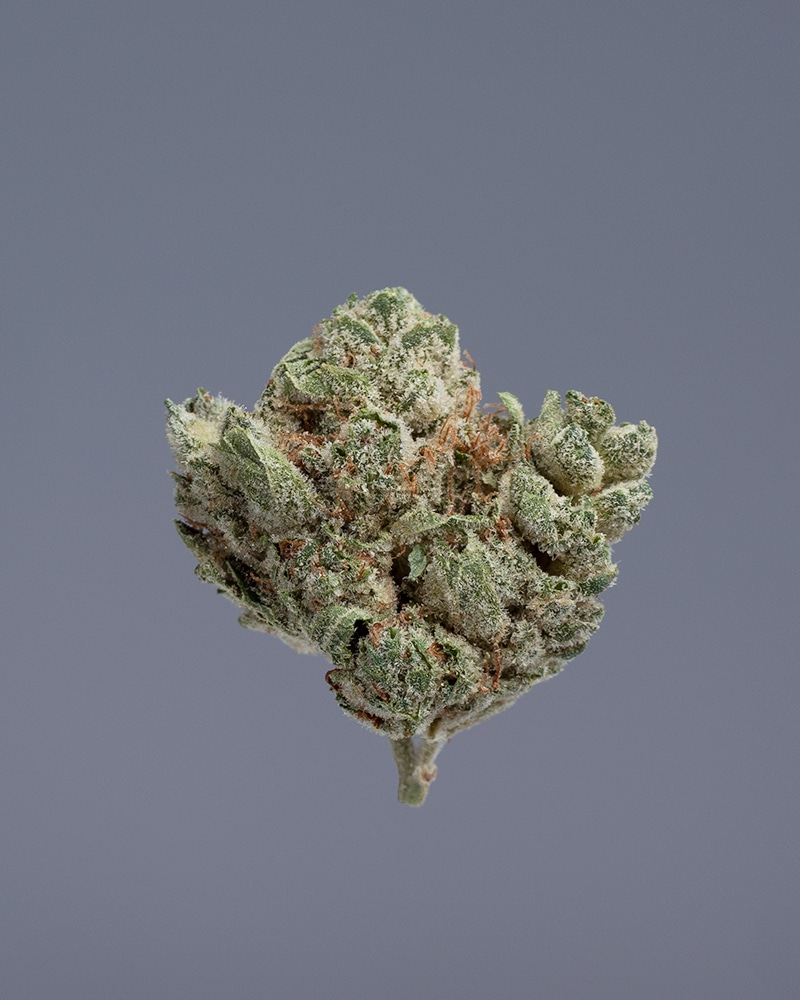
Bud structure isn’t just an aesthetic concern- it affects your subsequent smoking experience.
Buds with poor structure break down into practically nothing. The scraggly, flakey grounds are difficult to roll up, as they don’t have enough moisture or density to compact and hold their shape. If you do manage to get it rolled, your joint will burn at lightning speed.
But that’s not all: structural traits determine how much bang you get for your buck! When flower is more bud and less stem, you get more smokable material per gram.
Trichome Density
Trichomes are little globule structures on the surface of cannabis that contain all the good stuff: THCA, CBDA, terpenes, and all the other cannabinoids that shape your experience.
While these structures aren’t visible in great detail to the naked eye, you can get an idea of how densely coated in trichomes flower is without a magnifying glass. Just look for “frost”- a sparkly coating on the surface of the flower.
Flower with high density will gleam and glisten under the light. Or it may take on a waxy appearance, depending on how developed the trichome heads are.
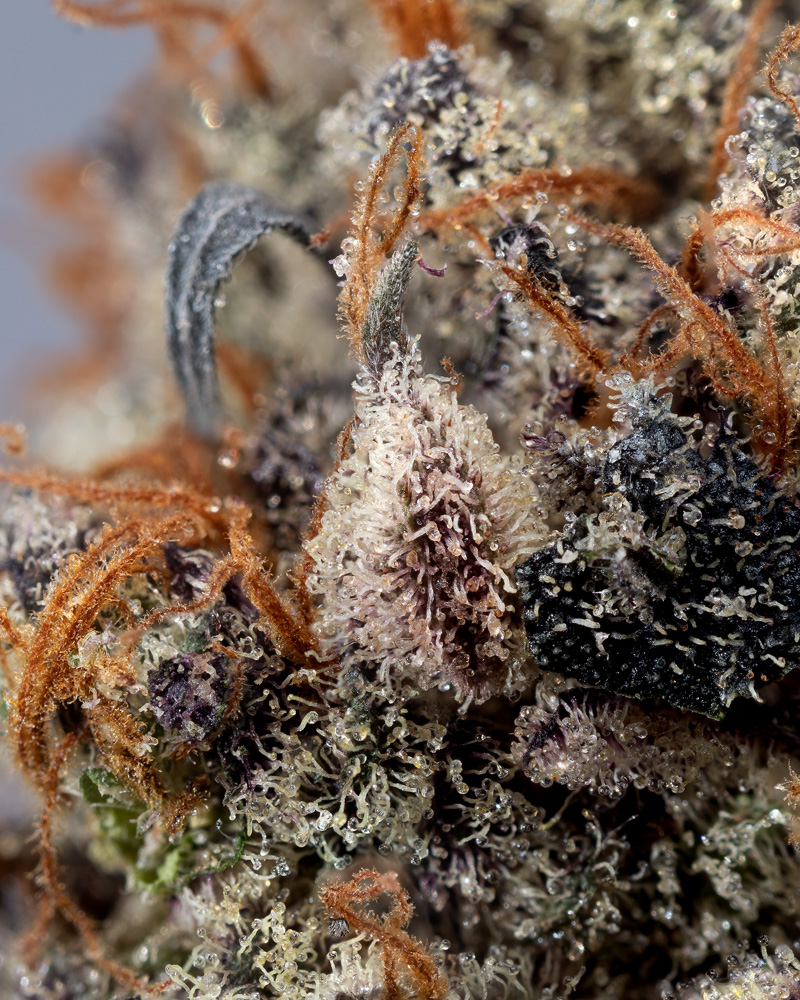
Flower with low density, on the other hand, will appear dull and grassy, like dried herbs.
Flower without any visible trichomes lacks potency, burns quickly, and may be slightly dry. It also may not have much discernible smell.
Don’t get stuck with an unsatisfying smoke! Evaluating the density of trichomes is essential for determining weed quality. It tells you more about how intense the effects of a strain will be than any THC percentage could.
Trichome Development
Unlike density, trichome development isn’t easy to make a judgment on without a magnifying glass. But if you want top shelf dank weed, it’s important all the same.
Actually, it might be more important. Flower can be dense with trichomes, but still be considered “bad weed” if the trichomes aren’t well-developed. Flower that looks “frosty” on first glance might have underdeveloped trichomes upon further inspection.
Well-developed trichomes will be a milky-white color, or amber and white. In flower cycles, this is the point at which they contain the most THCA, CBDA, terpenes, and other minor cannabinoids. They should have large spherical structures at the top of each stalk.
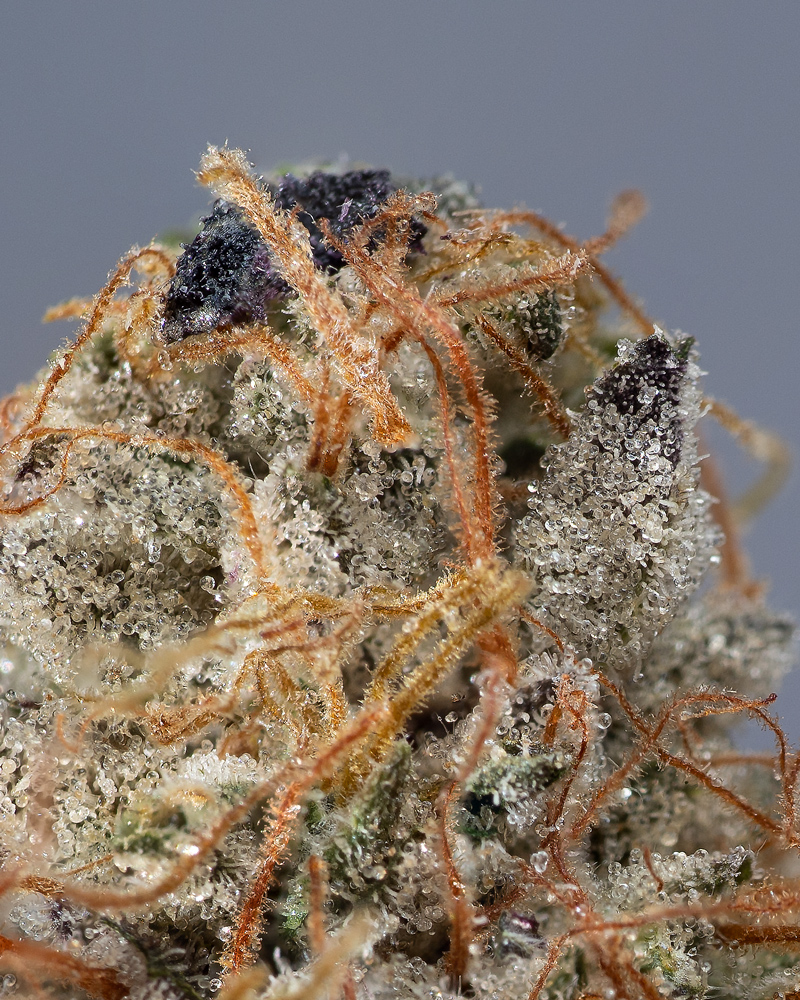
Milky-white, opaque trichomes are associated more with sativa strains, while amber-toned trichomes are more indicative of physical, sedative effects.
This isn’t a perfect rule of thumb, so don’t draw conclusions about effects based on trichome color alone. But white trichomes on what’s supposed to be a heavy indica strain is a sign of low grade or mid grade bud
Trichomes that are completely amber border on overdeveloped, and usually signify a harvest date past peak ripeness.
Underdeveloped trichomes, on the other hand, are transparent, or a mixture of transparent and white. Even worse, underdeveloped trichomes might not have a spherical structure at the end of their stalk, meaning the flower was harvested long before it was ready. The picture below illustrates what trichomes look like when they’re mostly stalk.
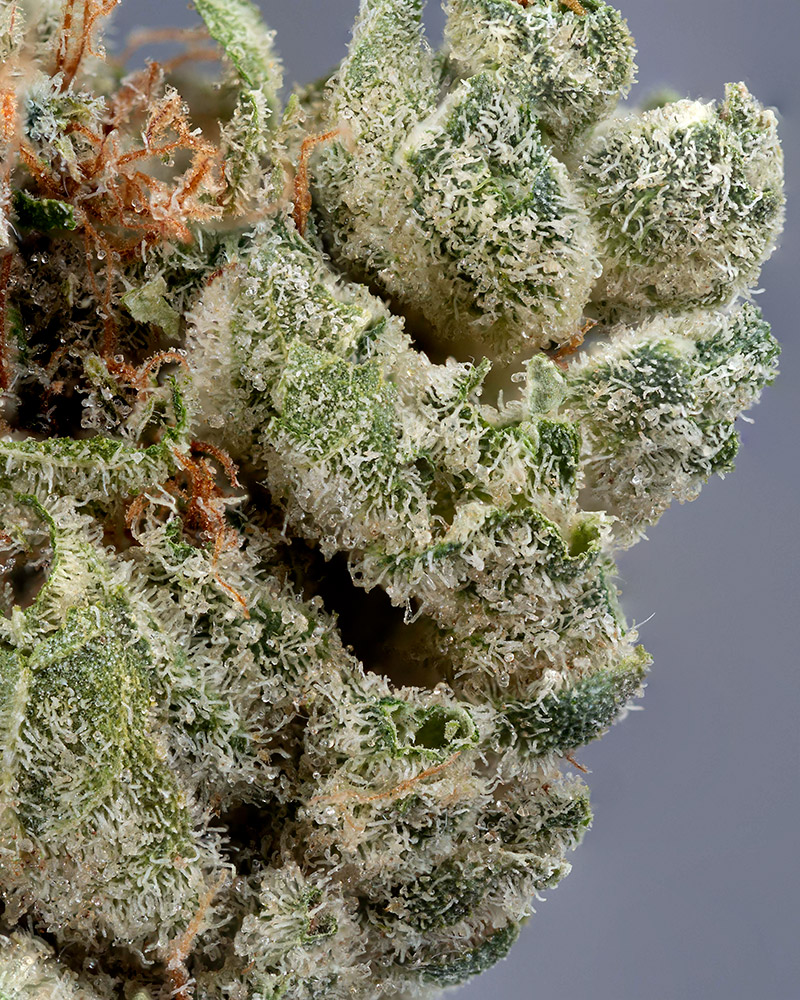
Flower with underdeveloped trichomes is not as potent, and may have a vegetal flavor. Poor trichome development is the primary indicator of low grade marijuana.
So look closely at the color and shape of your trichomes! You could be saving yourself from a lot of disappointment.
Trimming
Of these 4 categories, this is the only one that’s subjective. Good trimming is a lot like beauty: it’s in the eye of the beholder.
There are, of course, some basic goals of trimming that aren’t so subjective. Get the excess leaf off, and keep all the parts that get you high intact.
How producers interpret those goals varies.
Some leave a thin coating of sugar leaf at the base of the nug to protect the delicate trichomes from falling off, as you can see in the photo below. Others prefer a uniform “christmas tree” shape.
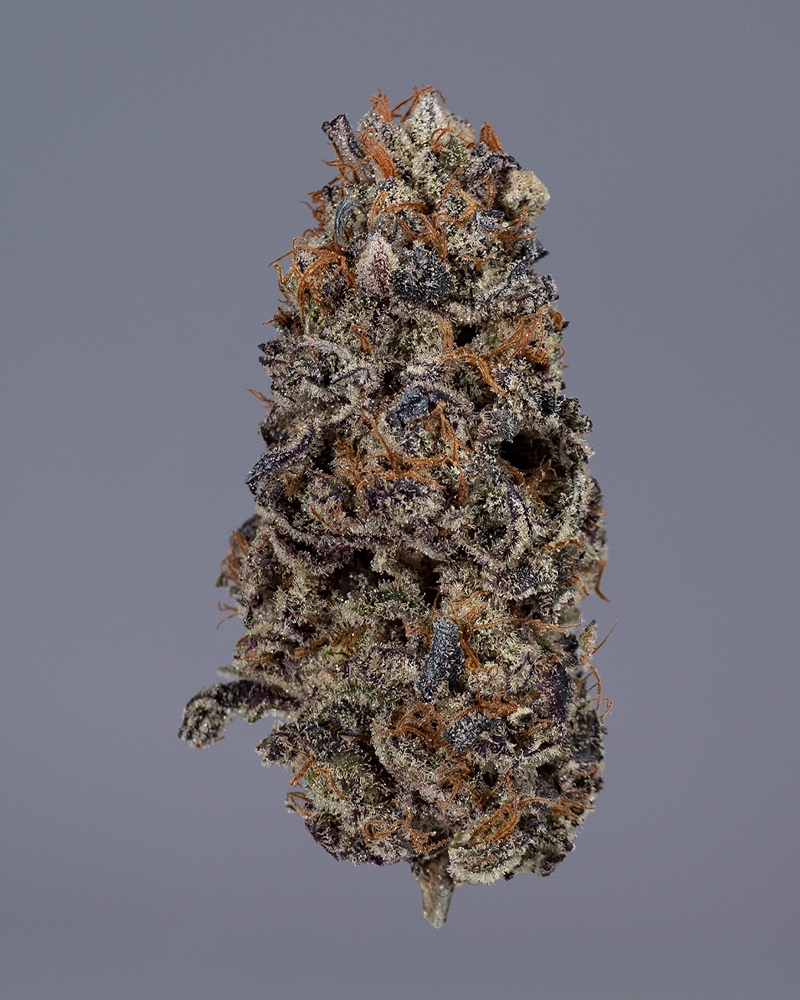
Some wet-trim, which means they do it prior to the curing process. Some prefer dry-trimming.
Hand-trimming allows for more customization and detail than machine trimming. Trimming machines can also damage the flower, as they shake and toss the buds to get the excess leaf off. Producers who are small-batch and detail-oriented pick hand-trimming for this very reason.
But all in all, there’s no single correct way to trim.
In contrast, poor trimming isn’t a matter of opinion. Any trim job where those basic goals of trimming aren’t being met is unsatisfactory. A poor trim job has the power to turn high quality buds into bad weed.
Buds should never have identifiable leaves still attached, nor should they appear to have been hacked off a larger nug. If there’s apparent damage from the trim job in any way, that’s a major red flag.

